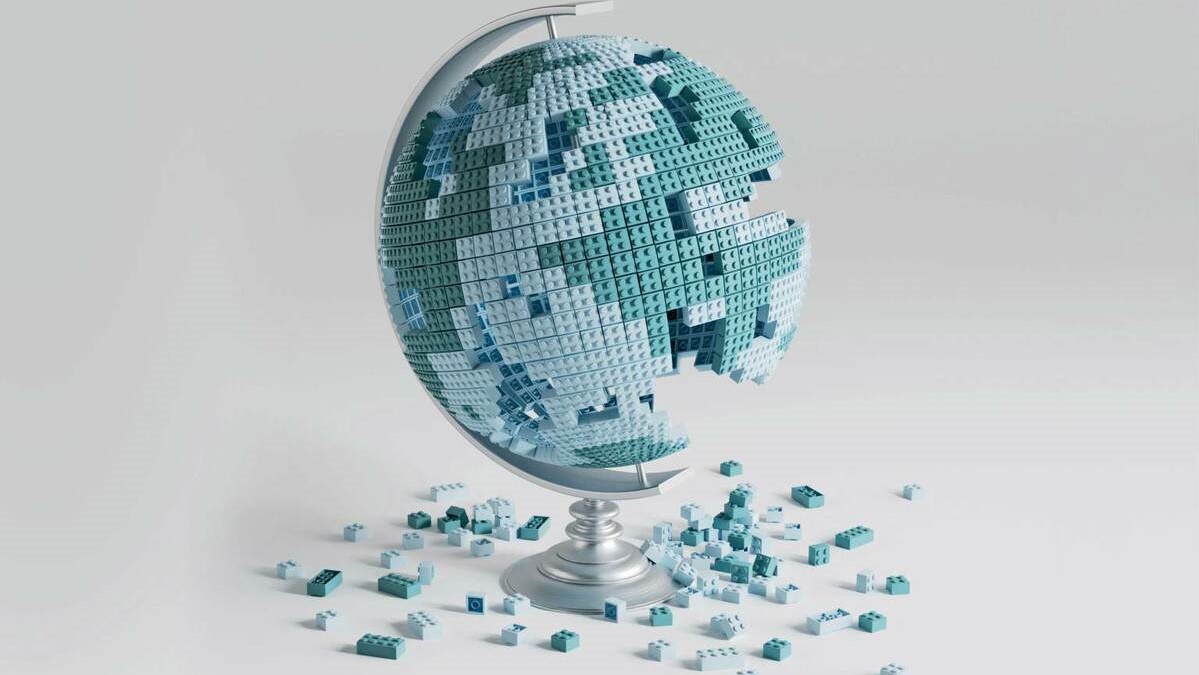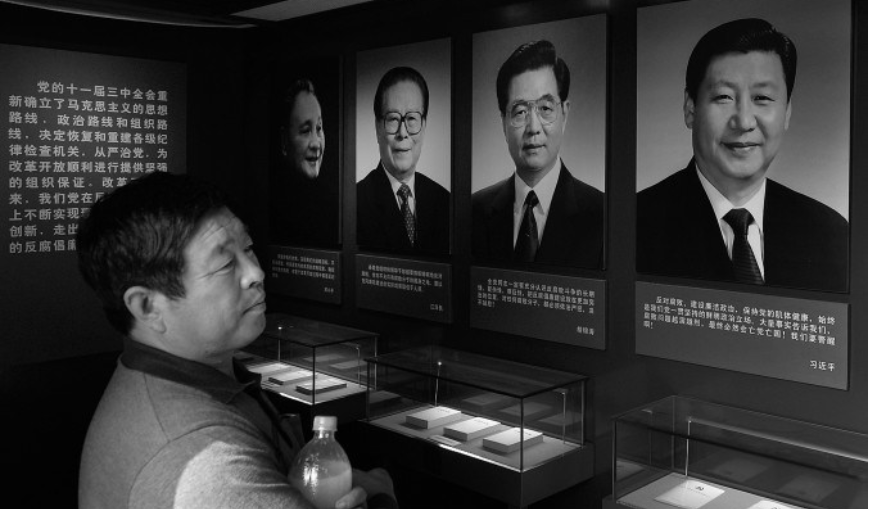Three global shifts will shape international trade. They will probably last beyond the immediate crisis to the “post-vaccine” future. The first is an accelerated shift from Market to State: more government interventions will further restrict markets. The second is to national unilateralism – governments acting on their own, often against each other – at the expense of global cooperation. The third is to more contested and unstable geopolitics, centred on US-China rivalry. Taken together, they herald a new mercantilism, whose main precedents are Europe and its colonial expansion in the seventeenth and eighteenth centuries, and the period between the two world wars in the first half of the twentieth century.
Mercantilism – the exercise of state power to control markets domestically and internationally – existed after 1945, but was constrained by the expansion of markets: it was relatively benign. But malign mercantilism governed the preceding decades, shattering domestic economies, shrinking individual freedom, destroying the world economy, and so poisoning international politics as to culminate in global war. Today’s emerging mercantilism is still far from that reality, but it risks heading in that direction.
Three eras of international trade preceded the present pandemic. The first – the quarter-century until the GFC – was an era of unprecedented liberalisation and globalisation. The second – the near-decade after the GFC – saw globalisation stall, though not reverse, and trade growth stagnate alongside “creeping” protectionism. The third, starting in early 2017, was triggered by President Trump, partly to retaliate against increasing Chinese protectionism. It centred on a US-China trade war but rippled out into copycatting protectionism by other countries. Protectionism went from creeping to galloping.
This pandemic has triggered the worst deglobalisation since 1945. International trade may shrink by up to a third, foreign direct investment by up to 40 per cent, and international remittances by 20 per cent, this year. The trade outlook is worse than it was during the GFC in two ways. Now economic contraction is synchronised around the world; during and after the GFC, fast growth in emerging markets, led by China, cushioned the fall in trade and enabled a recovery. Now services trade is suffering even more than goods trade; travel and tourism have collapsed. The GFC, in contrast, hit goods trade hard but services trade was more resilient, especially fast-growing travel and tourism. Now there are signs of a protectionist upsurge, starting with export bans on medical equipment, with new restrictions on foreign ownership in the pipeline.
Two precedents are relevant: the “new protectionism” of the 1970s and ‘80s, which partly resulted from bigger, more interventionist government in domestic markets; and, more perniciously, the expansion of government after the first world war, which empowered interest groups to lobby effectively for restricted imports, foreign investment and immigration.
Second, national unilateralism – this time “illiberal unilateralism” – will likely expand and make effective regional and global policy cooperation more difficult. It bodes ill for the WTO, APEC and the G20, also for regional organisations such as ASEAN, and will cramp the liberalising effects of stronger preferential trade agreements. This only increases the prospect of tit-for-tat retaliation, starting with the Big Three (the US, EU and China), and copycatting protectionism that will spread around the world.
All the above points to a new mercantilist trade order that might be more malign than benign, echoing the “new protectionism” of the 1970s and early ‘80s, or, even more worryingly, the 1920s and ‘30s.
My ideal world is a classical-liberal one: limited government, free markets and free trade, underpinned by appropriate domestic and international rules. I would add political liberalism and legally protected individual freedoms. The post-1945 global order was some distance from this classical-liberal ideal, but it was liberal enough to deliver unprecedented freedom and prosperity. From this vantage point, the new mercantilist order, with emerging malign characteristics, is alarming – bad economics, politics and international relations; bad for individual freedoms and global prosperity. As a realist, however, I must take the world “as it is” rather than indulge in wishful thinking. To improve the world, principled liberalism must be combined with practical realism.
I believe the two biggest threats to global order are rising illiberal populism in the West, endangering the West’s adherence to its own liberal values, and the increasingly aggressive illiberalism of the Chinese party-state. Both have mercantilist features that spill over the border into protectionism and restricted globalisation. Both feed off each other in a global negative-sum game. Hence both must be resisted: naivety and complacency should apply to neither.
China under Xi Jinping, with its mix of authoritarianism, a state-directed market economy and external assertiveness, is becoming a classic mercantilist power, like Germany and Japan in the late nineteenth century and early twentieth century. Its external power projection, especially in the last decade, looks quite different to that of the US in the Pax Americana. Of course, at times, here and there, the US threw its weight about unilaterally and arbitrarily. But the essence of US leadership was to provide public goods for a stable, open and prosperous world order. It did so by organising concerts of international and regional cooperation. In international trade, that took the form of the GATT, later the WTO, and the multilateral rules it administers.
China, in contrast, prioritises a combination of unilateral and bilateral action to expand and entrench its power. That subsumes the expansion of the PLA Navy in the East China Sea, South China Sea and Indian Ocean; and tight, asymmetric bilateral relations with smaller, weaker states in a twenty-first century recreation of the ancient tributary system. The Belt and Road Initiative should be seen in this frame: a network of hub-and-spoke bilateral relationships in which China wields power over dependent states. This is classic mercantilism. It privileges discretionary power, exercised unilaterally and bilaterally, over plurilateral and multilateral rules that constrain such power.
China – meaning the Chinese Communist party state – presents a pressing challenge to the liberal world order. Dealing with this challenge will require some trade, technological and investment restrictions, and limited supply-chain decoupling. But that could easily descend into an all-round mercantilist and deglobalisation spiral. Hence China must be engaged at the same time, not least to preserve existing links that are mutually beneficial. Engagement and strategic decoupling need not be mutually exclusive. Still, this will prove an incredibly difficult, perhaps elusive, balancing act.
Liberal or semi-liberal small states and middle powers in Asia, the West and elsewhere have a crucial role to combat malign mercantilism. In Asia, this group includes Japan, South Korea, Taiwan, Singapore, Australia and New Zealand. They need to keep their economies and societies open; demonstrate best policy and institutional practice (as they have done in this pandemic crisis); build coalitions of the willing on trade and other issues; strengthen alliances with the US and EU to nudge them to be more outward-looking and globally constructive; and finesse a mix of strategic decoupling and engagement on China. But doing all that in a global mercantilist environment will be an uphill struggle.
© The Hinrich Foundation. See our website Terms and conditions for our copyright and reprint policy. All statements of fact and the views, conclusions and recommendations expressed in this publication are the sole responsibility of the author(s).











